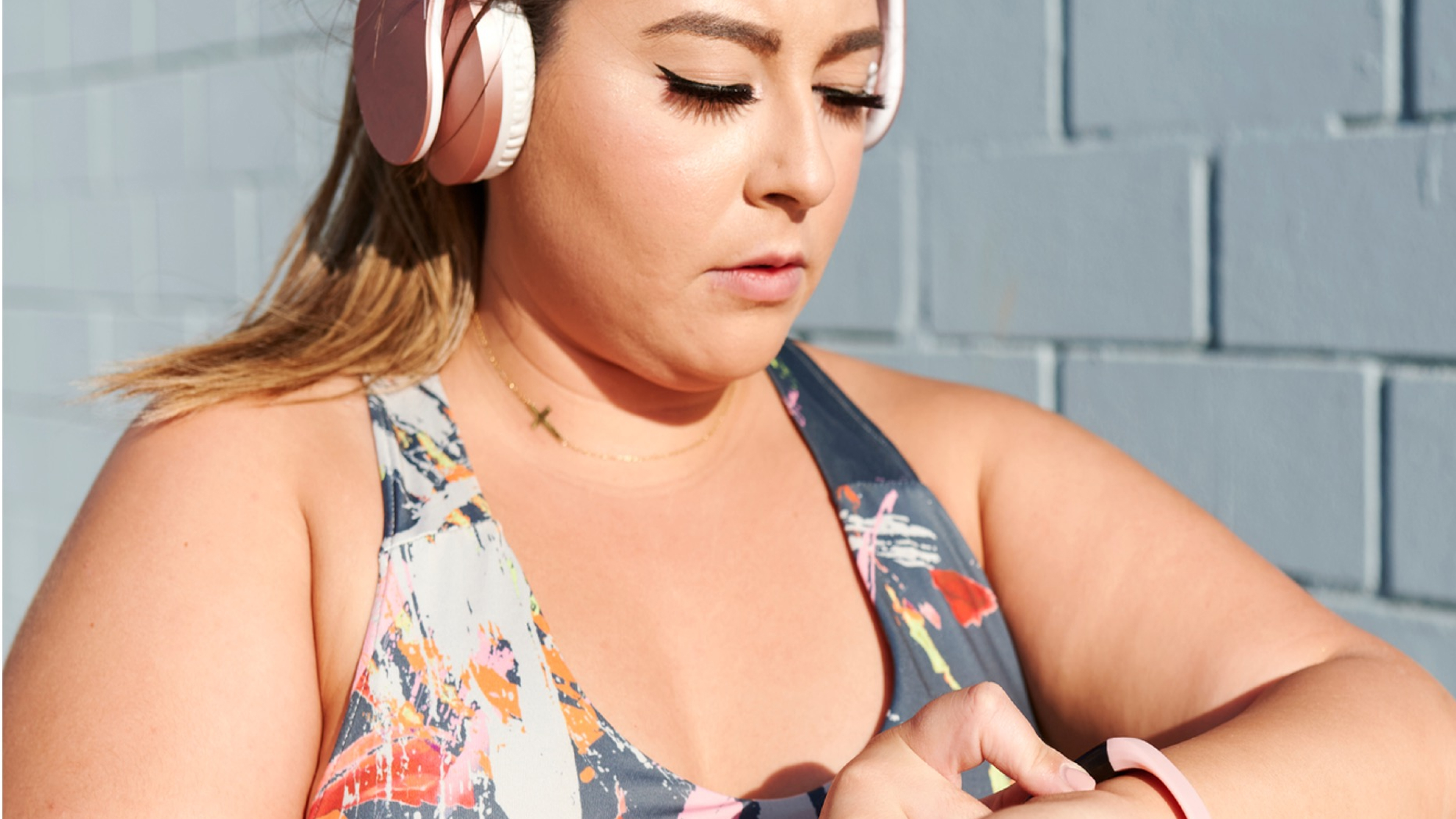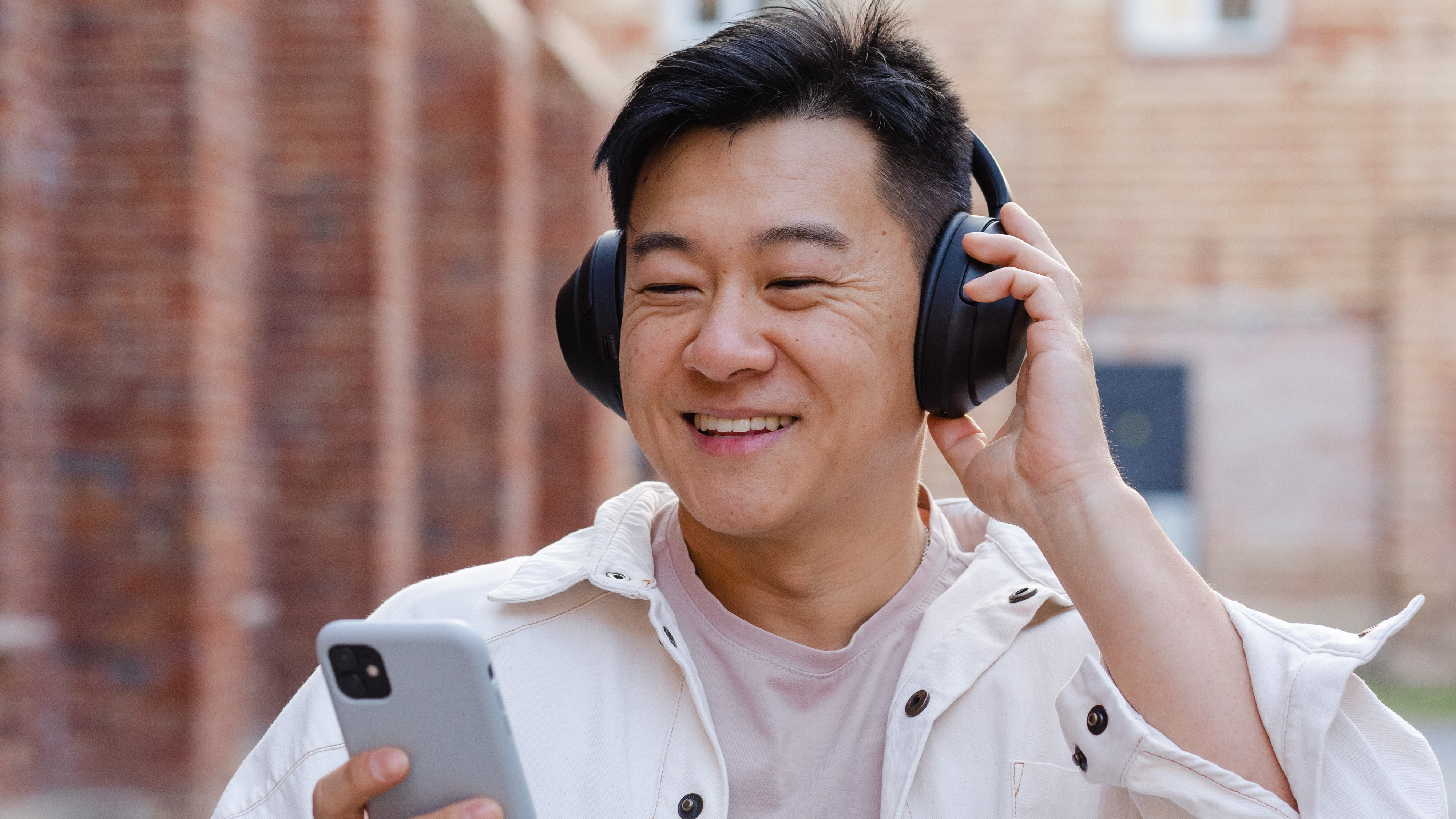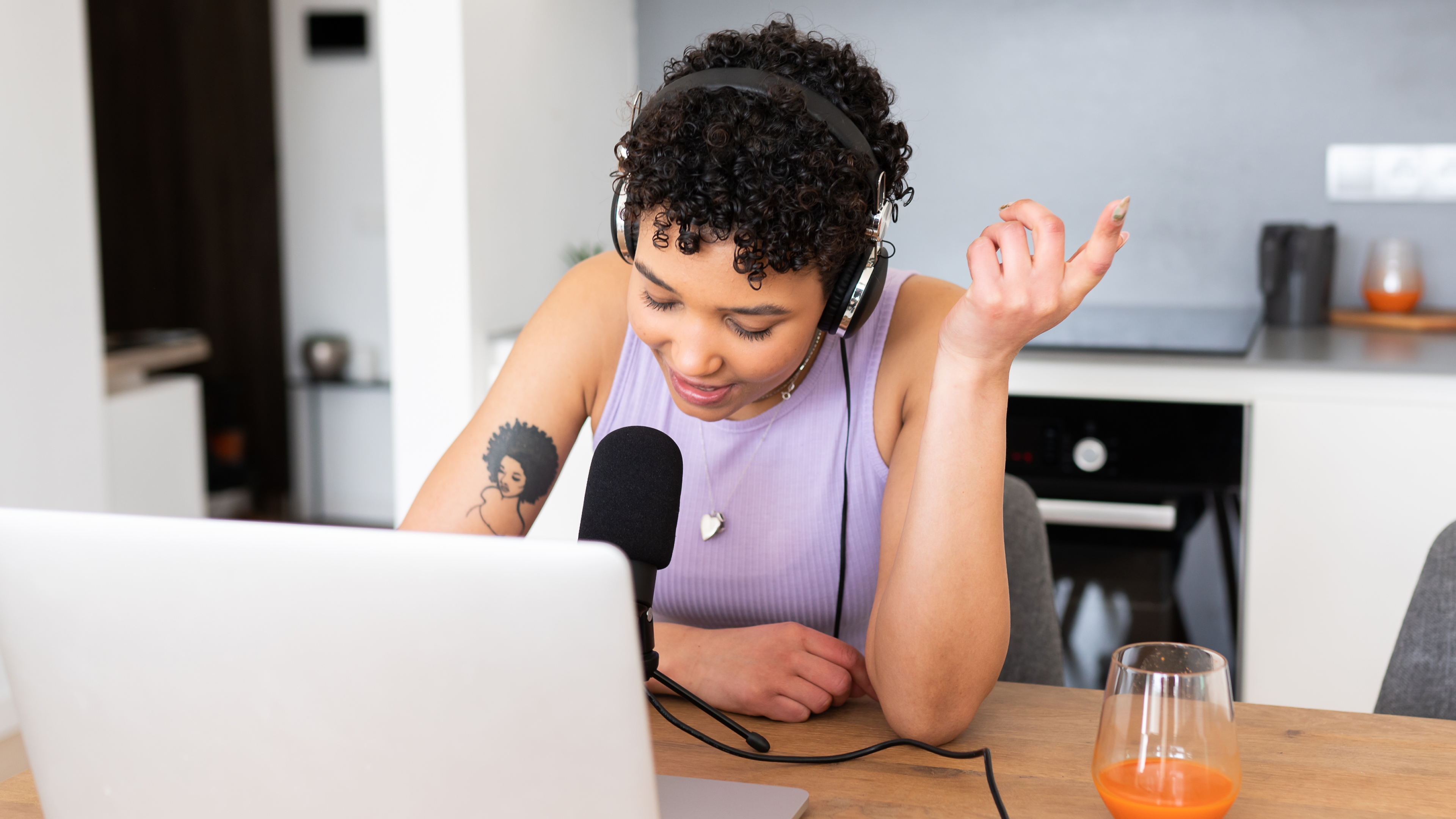Digital Audio is on the Rise—Giving Brand Messages a Lift
Mar 1, 2023Times are changing, and so are the ways consumers listen to audio. Thanks to a 34% increase in consumption,2 digital audio is skyrocketing, and that means brands have the opportunity to expand their reach across a multitude of platforms.
Whether you’re looking to connect with audiences who can’t get enough live content, unparalleled streaming experiences, or the best of leading podcasts, we have got you covered. Let’s take a peek into the digital audio world and see how your brand can align with our top-of-the-line platforms.
Take off with Digital Audio
Digital audio can go almost anywhere. The entertainment doesn't stop when audiences turn off the TV or step out of the car. Thanks to the ever-evolving rise of devices like smartphones, smart speakers, and connected cars, consumers are plugging in on-the-go more than ever before. The percentage of Americans who consume digital audio has more than doubled since 2012 to a whopping 209M listeners monthly!2
Much like Shakira’s hips, these numbers don’t lie. When it comes to digital audio, 73% of the U.S. population 12+ are plugging in—spending an average of one hour and 40 minutes daily with their favorite form of digital audio. And more time spent with digital audio means less time in front of a TV screen or with traditional AM/FM radio. Consumers are spending 39% less time with TV and 26% less time with AM/FM radio each day since 2012.1
Making Impressions That Last
When it comes to digital audio, advertisers have more ways to connect with their audiences to make a lasting impression. Through a recent study, we found that audio proved to have a long-lasting impact on memory, with brand impressions lasting up to four months after the initial flight.1 Listeners love their hosts and trust the brands they support across their platforms. So forget the same old ads you hear on the TV or AM/FM radio—your brand can make a lasting impression with digital audio, leaving consumers with 36% more of an impression than TV ads and 49% more than AM/FM radio.
When you pair our platforms with that kind of lasting impression power, that’s a chef’s kiss for your brand exposure. Adding digital audio into your brand message is a must, and we’re ready to lift you up every step of the way.
Go Where the Listeners Are
Our love for digital audio comes with one clear mission: to entertain, inform, and captivate audiences across every corner of contemporary culture. From the young adult who can’t get enough of pop culture, to the high-earner keeping up with the news, to the millennial mom getting her true crime fix, audiences are listening wherever, whenever. Our quality content reaches 150M listeners—that’s half of Americans!1 And if you want a break down of where those numbers are hitting the hardest, look no further:
As our numbers continue to rise, so do your options. SXM Media offers the most dynamic portfolio of audio media for the sound obsessed. From live, to streaming, to podcasts and back again, the audiences you want to reach are listening. And we work closely with brands to deliver serious results. We’re here with you every step of the way so you can plan, produce, buy, and measure with ease.
Advertising with us just makes sense. So, what are you waiting for? Let's chat!
Resources:
1. Neuro Insight Study and Pandora Conversion Experiment
2. Edison Research: The Infinite Dial 2022
3. Comscore Media Metrix, August 2022; Nielsen SiriusXM Custom Study, Fall 2021; Triton Podcast Metrics, August 2022; Edison Research December 2021 (National Telephone Survey, Podcast Consumer Tracker, Infinite Dial 2021) 4. Q3 2022 Internal Subscribers x 1.8 Nielsen Co-listening Index From SiriusXM Nielsen Phone Survey
5. Q3 2022 Internal Metrics from Podcast User Logs
Related Insights
 Targeting
TargetingActivity Targeting Gets Your Brand Messages in on the Action
Apr 19, 2024 Digital Audio
Digital AudioThe Digital Audio Download: Your Share of Ear Readout
Apr 18, 2024 Events
EventsDiscover the Power of Female Podcast Creators
Apr 18, 2024 Targeting
TargetingWhat's the Vibe? How Mood Targeting Improves Your Ad Timing.
Apr 17, 2024






